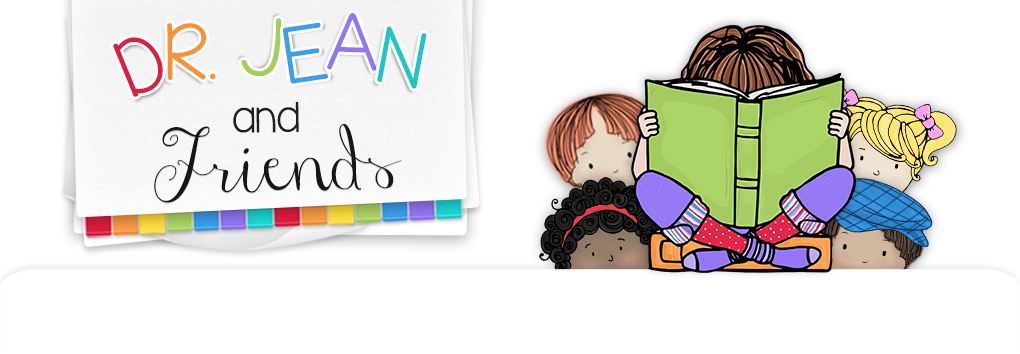The term “visual
literacy” has come up several times recently and so I wanted to do a little
investigating. According to the
dictionary visual literacy is: the
ability to recognize and understand ideas conveyed through visible actions or
images (as pictures).
Visual literacy can be traced back to the cave drawings thousands of years ago. However, as technology has advanced, we’ve realized increasingly the importance of visual literacy in learning and life. Visual images are everywhere from road signs to labels on clothing, snacks, buildings, comics, photographs, illustrations. Just look around your classroom or school!We’ve always known that children read pictures before they read words, but the amount of visual images they encounter through screen time is staggering. Visual literacy can be fiction (cartoon) or non-fiction (diagram of a plant); it can just be an image or there can be an image with words. Rebus charts have been used for years in early childhood to combine pictures with text.
According to research, the
majority of information absorbed by humans is through our sense of sight. One
study claimed we process images 60,000 times faster than text. That’s pretty darn fast! Mary Alice White (researcher, Columbia
Teacher’s College) suggests young students learn more than half what they know
through visual information.
 Many of the Common Core
Standards reflect the importance of visual literacy with skills that
incorporate illustrations, drawings, digital tools, graphic organizers,
describing, interpreting, etc. Art
materials, visual aids (charts, posters, graphs, picture schedules), books,
technology, dramatizations, multi-media are a natural part of classroom life. “Tell me one thing you notice…what can you tell me about
this animal…what do you think they are saying…what do you think happened before
this picture…” are questions that I bet you ask frequently. And, did you ever think of body
language, facial expressions, and gestures as a part of visual literacy??
Many of the Common Core
Standards reflect the importance of visual literacy with skills that
incorporate illustrations, drawings, digital tools, graphic organizers,
describing, interpreting, etc. Art
materials, visual aids (charts, posters, graphs, picture schedules), books,
technology, dramatizations, multi-media are a natural part of classroom life. “Tell me one thing you notice…what can you tell me about
this animal…what do you think they are saying…what do you think happened before
this picture…” are questions that I bet you ask frequently. And, did you ever think of body
language, facial expressions, and gestures as a part of visual literacy??
One new idea I gleaned was
“Photo of the Day.” Basically,
choose a free photo from the internet (people, places, things, animals, endless
choices) and use it for class discussions, to prompt writing, introduce
vocabulary, compare/contrast, etc. I even discovered there
was an International Visual Literacy Association (IVLA.org).
Who knows what the future will bring, but it's a sure thing that visual literacy will continue to impact all of our lives.
P.S. This is a fantastic website! What a great resource for integrating art with the CCSS!
http://wonderteacher.com/learning-to-notice-visual-storytelling/
Who knows what the future will bring, but it's a sure thing that visual literacy will continue to impact all of our lives.
P.S. This is a fantastic website! What a great resource for integrating art with the CCSS!
http://wonderteacher.com/learning-to-notice-visual-storytelling/


